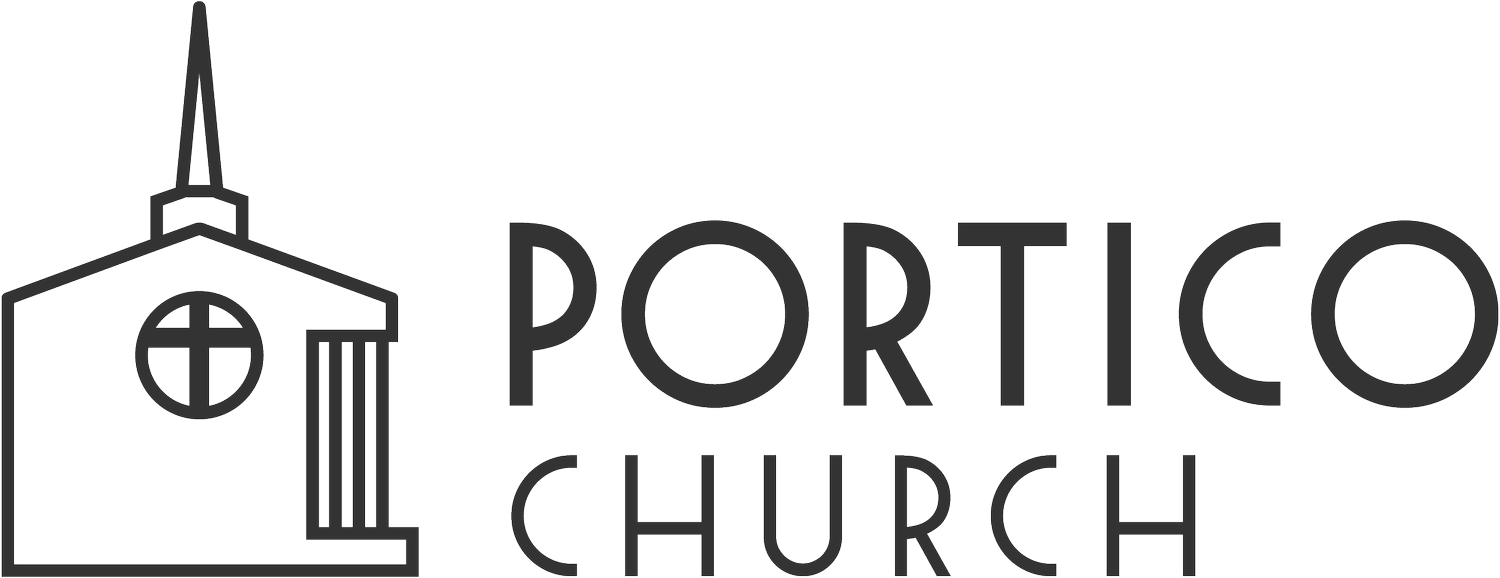Introduction
The purpose of the Gospel of John is stated in John 20:30-31, "Now Jesus did many other signs in the presence of the disciples, which are not written in this book; but these are written so that you may believe that Jesus is the Christ, the Son of God, and that by believing you may have life in his name.” The Gospel according to John is an account of the ministry and teaching of Jesus that is both similar to the other Gospel accounts in Scripture and also has a unique style and presentation. This, in part, is attributable to the author of the Gospel of John who is mostly likely the Apostle John, the author of 1-3 John and Revelation. John structures the events of this book in a tight framework containing two halves. The first 12 chapters of the Gospel of John deal primarily with the signs that Jesus was performing and are always written in such a way that we would believe that Jesus is the Messiah. Chapters 13-21 record the events of the passion (the events leading up to and after the crucifixion and resurrection of Jesus) again written in such a way that a call to believe in Jesus as Messiah is always present.
Themes
The Gospel of John is perhaps best known for the presentation of the divinity of Christ. This is certainly a prevalent theme throughout the Gospel and John seems to go through great efforts of demonstrating that Jesus is God. He does this specifically by use of Old Testament allusions and noting the fulfillment of Old Testament prophecy in such a way as to draw a straight parallel between the work of God and the work of Jesus. It is the same work because Jesus is God.
Another theme is that of Christ as bringer of life. From the very beginning, John emphasizes life and shows Jesus as the creator, sustainer, and miracle worker who brings and gives life. Life is associated with belief explicitly, as John calls his readers to believe in order that they might have life. The description of spiritual birth develops a rich metaphor that shows us that salvation is a new birth.
Jesus as the fulfillment of Old Testament prophecy is another key aspect of John’s Gospel. John’s audience includes both Jews and Gentiles, but he assumes a working knowledge of the Old Testament with how he presents the person and work of Jesus. Michael Kruger points out that this theme makes three primary points:
The importance of the Old Testament.
The temporary nature of Israel’s infrastructure.
Christ prefigured in the Old Testament.
Conclusion
The Gospel of John has been described as being deep enough that the most seasoned and mature Christian can never exhaust it while also being incredibly digestible and understandable for the newest of believers. It has been used as a primary tool of discipleship in the church for the last two thousand years presenting a mixture of showing Jesus to be God and focusing on the divinity of Christ while also giving us an intimate look at the beautiful humanity of Christ from one of his most beloved friends. Reading and meditating on this Gospel will give you a desire to worship Jesus as Lord and to know him better as your friend.
